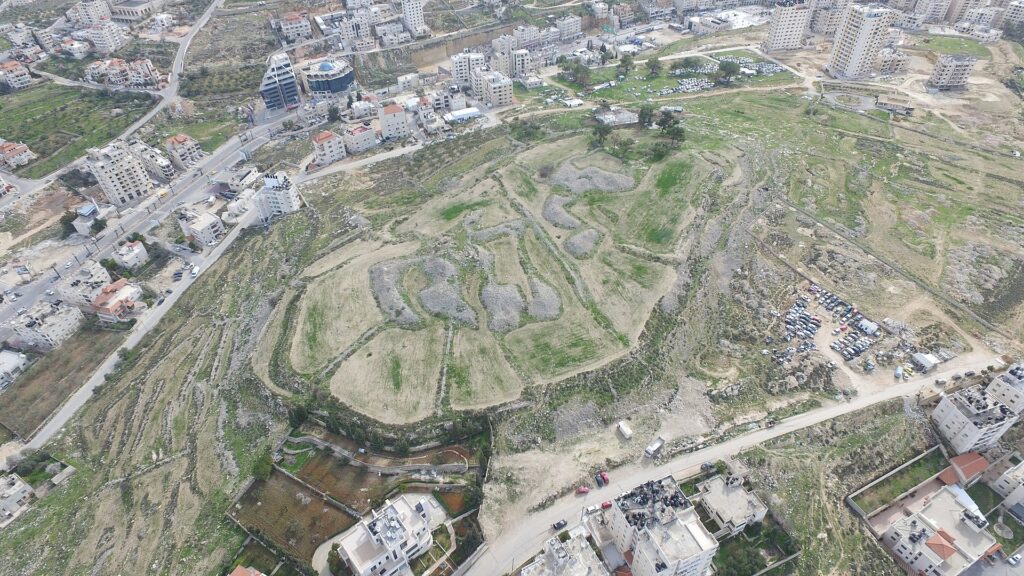Mizpah in Benjamin is usually identified with the archaeological site known as Tell en-Nasbeh, located on the border between Benjamin and Judah, although this identification is not universally accepted. The site was excavated extensively in the 1920s and 1930s by William F. Badè of the Pacific School of Religion.

Mizpah in Benjamin is one of the locations referred to as Mizpah in the Bible, and it holds significant historical and religious importance.
In the Book of Judges, Mizpah is where the Israelites gathered to decide on a course of action against the tribe of Benjamin (Judges 20-21). This was a consequence of a horrific incident involving a Levite and his concubine, leading to a civil war within the tribes of Israel.
In the Book of Samuel, it’s the place where Samuel, the last of the judges, anointed Saul as the first king of Israel (1 Samuel 10:17-24). Later, it became the administrative center of Samuel’s circuit as a judge in Israel (1 Samuel 7:16).
During the period of the Babylonian captivity, Gedaliah was appointed governor in Mizpah. He was later assassinated there, leading to further calamities for the remaining population in the land (2 Kings 25:22-26, Jeremiah 40-41).
Excavations
The excavations uncovered a significant amount of pottery and inscriptions, as well as monumental architecture and city walls, suggesting that the site was a significant administrative center during the Iron Age. The findings generally correspond with the biblical description of Mizpah as a central site during the time of the judges and early monarchy. Some of the artifacts, like seal impressions, suggest that it remained an administrative center into the Babylonian period, which corresponds to the account of Gedaliah’s governorship in the Book of Jeremiah.


